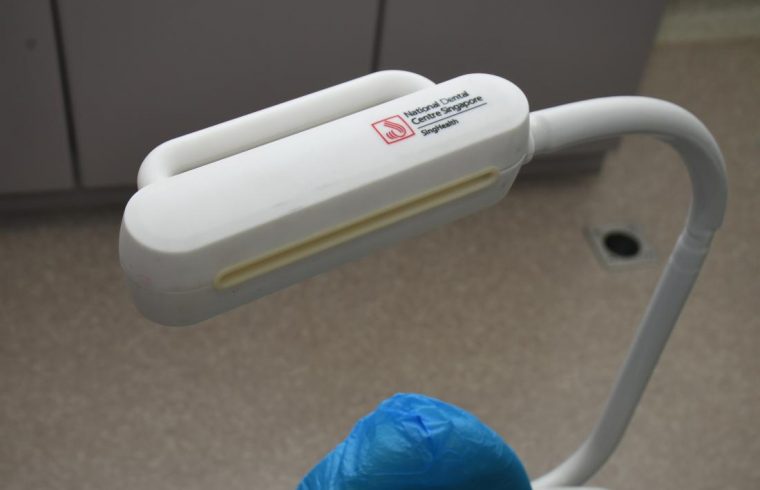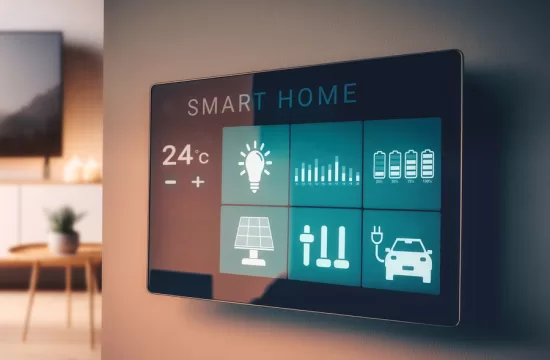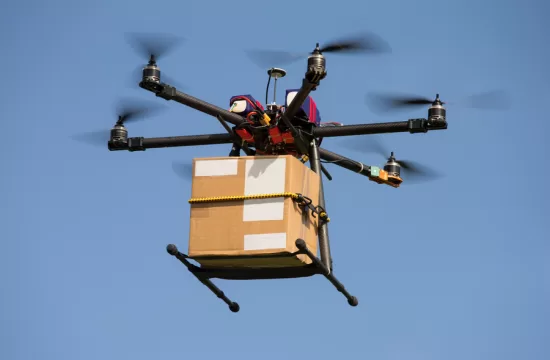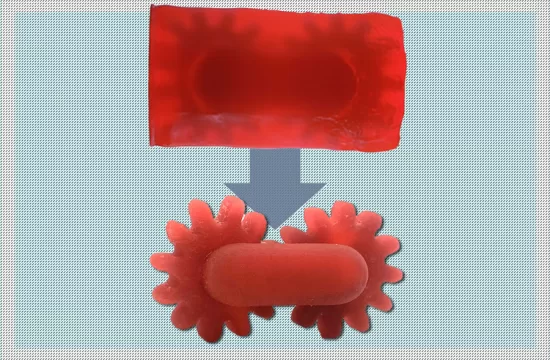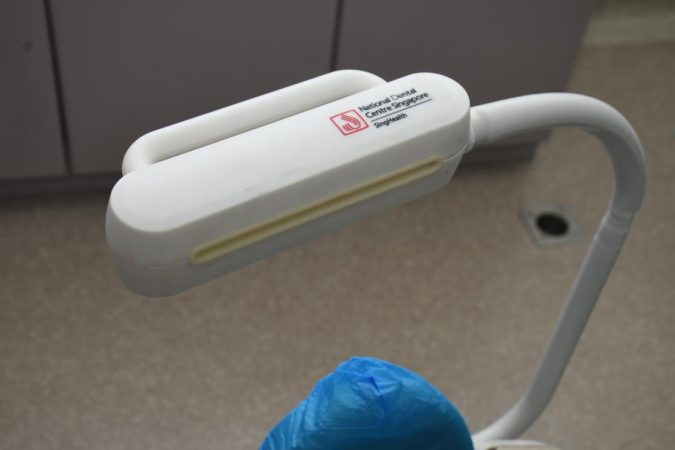
Researchers have developed a novel device that aims to limit the spread of aerosols generated during dental procedures, thereby lowering the risk of COVID-19 cross-contamination in the dental setting.
Known as Aeroshield, the innovation utilizes air curtain technology to create an air barrier, segregating aerosols generated at the patient’s mouth from the dentist.
Working within close proximity to patients’ mouths and carrying out many aerosol-generating procedures, dentists and their assistants are usually at very high risk of infection from the SARS-CoV-2 virus – which causes COVID-19 – via cross-contamination. So that Aeroshield was developed by the National Dental Research Institute Singapore (NDRIS) for the safety of dental practitioners in mind.
Research shows that contaminated aerosols can travel one meter horizontally and half a meter vertically. According to a 2020 survey conducted among 669 dentists from 30 countries, 87 percent of respondents were afraid of getting infected by the SARS-CoV-2 virus from dental procedures, 66 percent wanted to close dental practices, and 92 percent feared carrying the infection back to their families.
“During the Circuit Breaker period in Singapore in 2020, patient attendances fell by 35 to 60 percent, as dentists could only see to emergency cases. Even with the gradual resumption of dental services after the Circuit Breaker, many patients delayed their dental visits for fear of COVID-19 risks,” says Clinical Associate Professor Goh Bee Tin, Principal Investigator of the Aeroshield project and Director, NDRIS.
“As the Aeroshield significantly cuts down the amount of aerosol contamination, even for other diseases which spread via droplets, patients can access dental care with more assurance, and dentists have better chances of financial sustainability,” she said.
Benefits of using Aeroshield
Repurposing the idea of an air curtain, the Aeroshield is practical and easy to set up and operate. It adopts a plug-and-play system so that dentists can simply attach it to the dental chair and air compressor outlet. It boasts a sleek and functional design, without the need for any modifications to existing dental room equipment, and does not require any moving internal components nor consumables.
Air curtains are directed as air jets used as a barrier to prevent contamination between adjacent environments without using a physical structure. This ensures no disruption to the existing clinical workflow and users will not experience any discomfort despite working with the additional barrier. The aerosols generated are then redirected by the air curtain and removed by a high-volume evacuator, which is currently already used in routine dental practice. A simple wipe-down is adequate to disinfect the dental room, as per existing infection prevention and control practices.
Apart from dentistry, the Aeroshield has potential to be adapted for use by other medical practitioners who are at high risk of aerosol exposure, such as those in ophthalmology, otolaryngology, and anaesthesiology.
In an efficacy evaluation test, it was found that the most contaminated areas of dental practitioners tend to be at the chest and lower right arm, and even the inner surface of the dental assistant’s face shield. With the Aeroshield in place, results showed that contamination in these same regions was reduced by up to five times.
In particular, using the Aeroshield reduced contamination on the top inner surface of the dentist’s face shield by about three times, and up to five times on the top and bottom inner and outer surfaces of the dental assistant’s face shield.
“We are very excited about the Aeroshield and our next steps would be to further improve on its shape and efficacy. We are also looking to partner with industry players to co-develop and commercialize this technology so that dentists all around the world can benefit from a safer working environment,” said Professor Goh.

